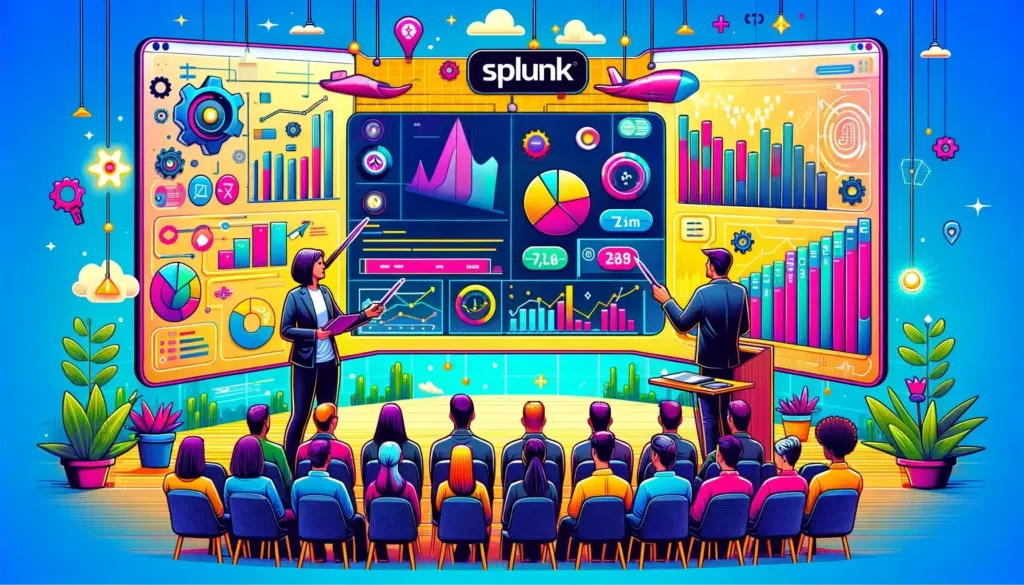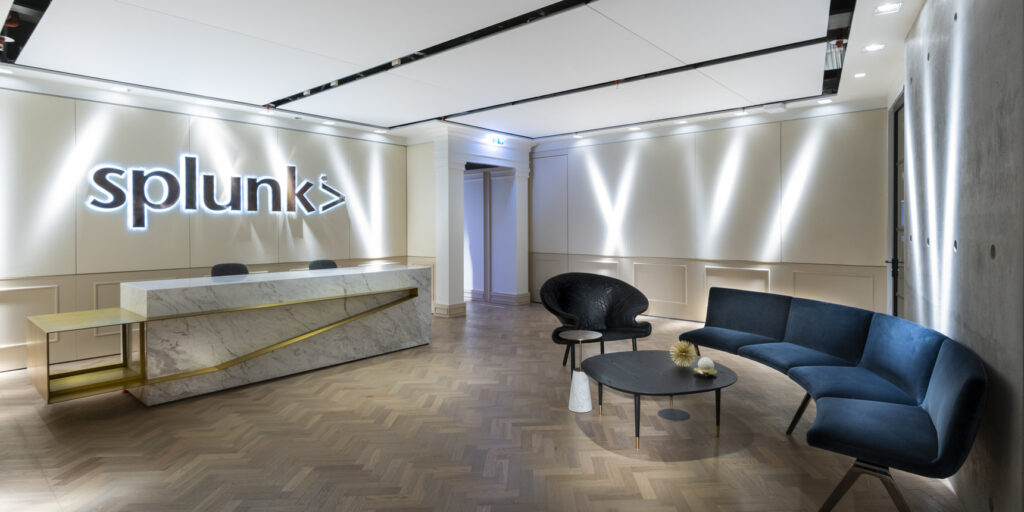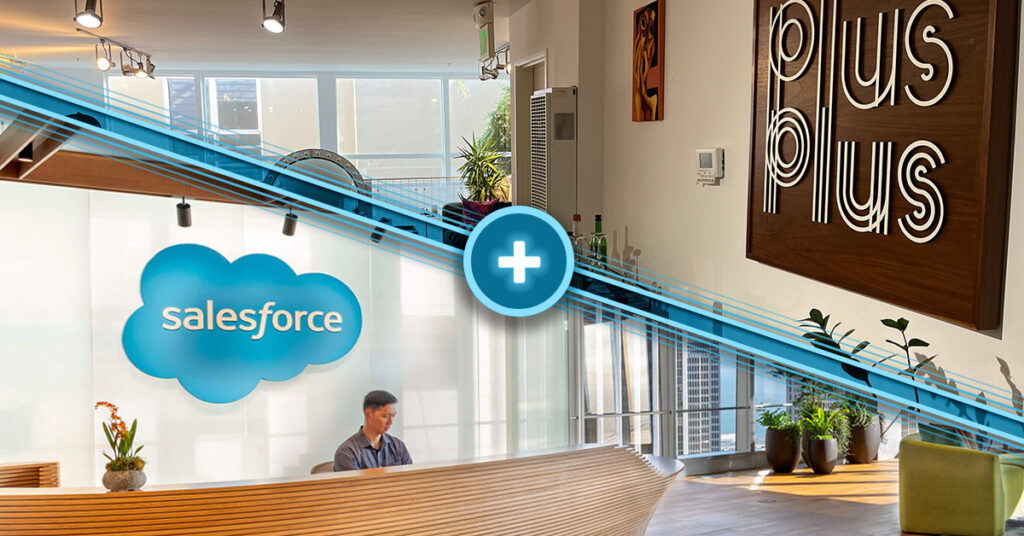Microsoft continues to grow and scale at a significant speed, and they are really close to hitting that 100,000 engineers mark. That means, on average, they onboard 900-1,200 new engineers each month, which translates to 200-300 new hires across the organization around the globe on a weekly basis. We’re still trying to wrap our heads around that.
Swati Doshi, a principal engineering manager, walks us through what Microsoft’s Learning & Insights Team is working on to uplevel onboarding, ensuring new hires receive the best possible ‘Welcome to Microsoft’ experience without feeling overwhelmed.
Managing layers of onboarding is hard
Onboarding happens at many different levels; some parts are owned by HR, and each department has its own programs. Even within the departments, individual teams have different ways of welcoming new hires. The challenge boils down to this: a lot of people are involved and efforts are widespread. In tackling this, Swati’s and her team developed a Program Maturity Model. The framework’s aim is to provide a common means of assessing all of the programs at Microsoft including defined standards, terminology, and guidelines.
In pursuit of being world-class: metrics and measurements
Going beyond setting things up, program managers should also be answering what success looks like. Are tools being adopted faster? Has speed-to-productivity increased? Perhaps it’s hard to be 100% sure from day 1 but most orgs should be committed to improving these numbers—even if they’re incremental gains.
Don’t forget the ‘when’ and ‘how’ around content
The right content will vary team by team. Each team will have a better handle on what domain expertise to share; however, Swati encourages program managers to focus on Delivery Timing and Delivery Vehicles. These are questions worth asking: does the new-hire need to know all of this now? What is this content best shared online or should it be in-person? Said differently, the intentionality behind what seemingly are simple decisions can make a world of difference.
Emerging patterns at Microsoft
The shift to remote has changed everything. People connect and feel connected in different ways. One key ‘aha’ moment Swati and her team surfaced was the need for facilitated sessions. Rather than async workbooks, there has been a clear need for live-learning opportunities where participants could share concrete examples and ask questions. To us, this comes at no surprise as tacit knowledge—the thing that makes your company unique—is best shared live.
Why onboarding and continuous learning matters
Successful onboarding at any level matters because that sets new-hires up for long term success at the organization. Not only is this time their first impression of the company and teams, but their time to feel integrated and make connections with others across the organization that can help them grow as a teammate and as an individual.
As Swati mentioned, onboarding isn’t just about teaching materials to get them up to speed as quickly as possible, but it’s about offering opportunities for them to connect and engage with others more easily. Time is very valuable to both hiring managers and new-hires, but setting aside dedicated time for engagement and allowing them to connect with others is important in creating a strong company culture with high employee retention and happiness. Both at the personal level and organizational level, the positive impact is real.







